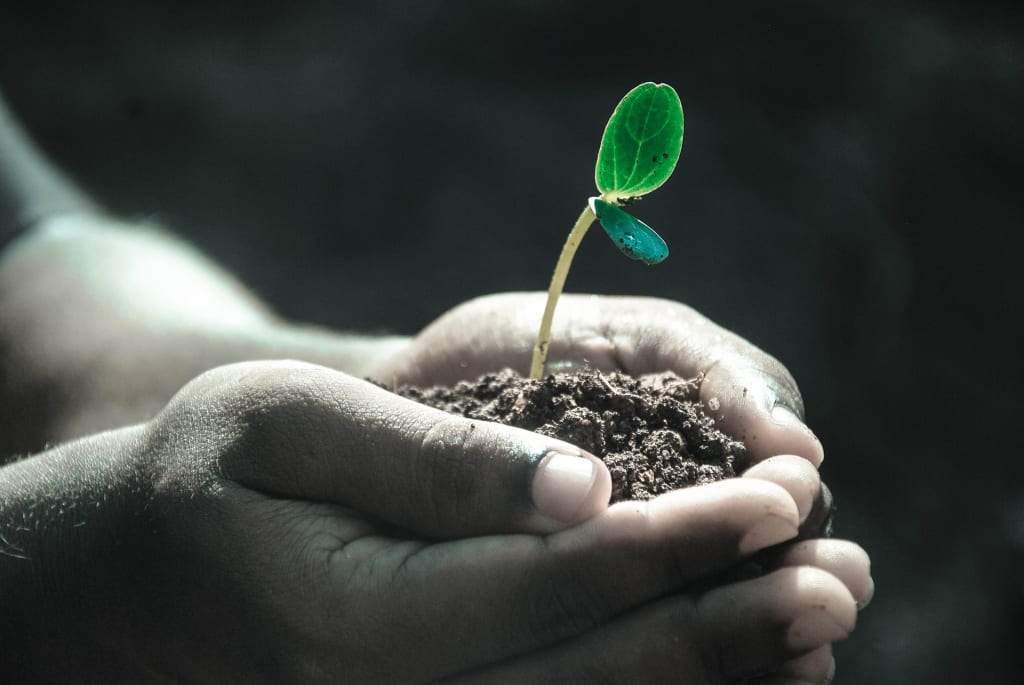The Secret Language of Plants: Unlocking the Wonders of Botanical Communication
Exploring the Intricate Network of Botanical Communication: Unveiling the Hidden Language of Plants

In the midst of our loud and bustling world, there exists a realm of tranquility—the world of plants. While they may appear silent and motionless, beneath the surface, plants engage in a complex and fascinating form of communication. Recent scientific discoveries have unveiled the extraordinary ways in which plants interact with each other and their environment. In this blog, we will delve into the intricate language of plants, exploring their ability to exchange messages, emit sounds, and release chemical signals. Join us on this captivating journey as we uncover the hidden secrets of botanical communication.
The Whispers of Plants
Plants, despite lacking a nervous system like animals, have developed ingenious ways to communicate. Imagine your favorite cactus, quietly texting its plant buddies at this very moment. Surprising as it may sound, these messages exchanged between plants can potentially provide solutions to some of the most pressing challenges we face today, such as global food scarcity. From large trees to tiny patches of moss, plants engage in diverse conversations, sharing information about assistance, ripened fruits, and even warnings. Their communication may not involve audible voices or gestures, but it is no less complex and intriguing.
Unveiling the Silent Conversations
Plant communication goes beyond what meets the eye. Recent studies have revealed that plants emit sounds in ultrasonic frequencies, too high-pitched for human ears to detect. These acoustic emissions serve as a means of communication when plants experience stress. By deciphering these sonic messages, scientists can gain insights into the plant's condition and respond accordingly. However, communication among plants is not solely limited to sound. Chemical signals, such as hormones and volatiles, play a crucial role as well. These chemical messengers enable plants to interact with their surroundings, attracting pollinators, warding off predators, and even warning neighboring plants of impending danger.
The Language of Growth and Defense
Plants possess a sophisticated system of electrical signals that allow them to coordinate growth and respond to threats. Electrical impulses travel through a complex network of tubes and pipes, akin to a plumbing system, enabling plants to transmit information across their entire structure. When a leaf detects a predator or senses changes in light and sound, it sends signals throughout the plant to trigger defense mechanisms. Roots, on the other hand, can sense drought and communicate with the leaves to conserve water. This intricate electrical communication can be observed through the use of electrodes and even translated into audible sounds. These fascinating processes highlight the resourcefulness of plants in adapting to their environment and ensuring their survival.
Invisible Allies: Fungi and Microbes
Plants forge unique alliances beneath the soil. Fungi form symbiotic relationships with trees, connecting them through vast mycorrhizal networks. These networks allow trees to share nutrients, water, and even information. The fungi facilitate resource exchange between neighboring trees, enabling them to support each other, especially during challenging times. Moreover, a multitude of beneficial microbes attach themselves to plant roots, forming a slimy biofilm. This microbial community aids in nutrient absorption and bolsters the plants' natural defenses against diseases. By delving into the intricate relationships between plants, fungi, and microbes, scientists aim to unlock new methods of improving soil health and helping plants thrive in adverse conditions.
The secret language of plants unveils a world of astonishing complexity and interconnectedness. From silent conversations to ultrasonic emissions, from chemical signals to electrical impulses, plants communicate in ways that rival the sophistication of animals. By understanding and harnessing these communication mechanisms, we can potentially address crucial challenges such as food scarcity, environmental stress, and soil degradation. Through further research and exploration, we may unlock the full potential of botanical communication, paving the way for a harmonious coexistence between humans and the natural world.





Comments
There are no comments for this story
Be the first to respond and start the conversation.